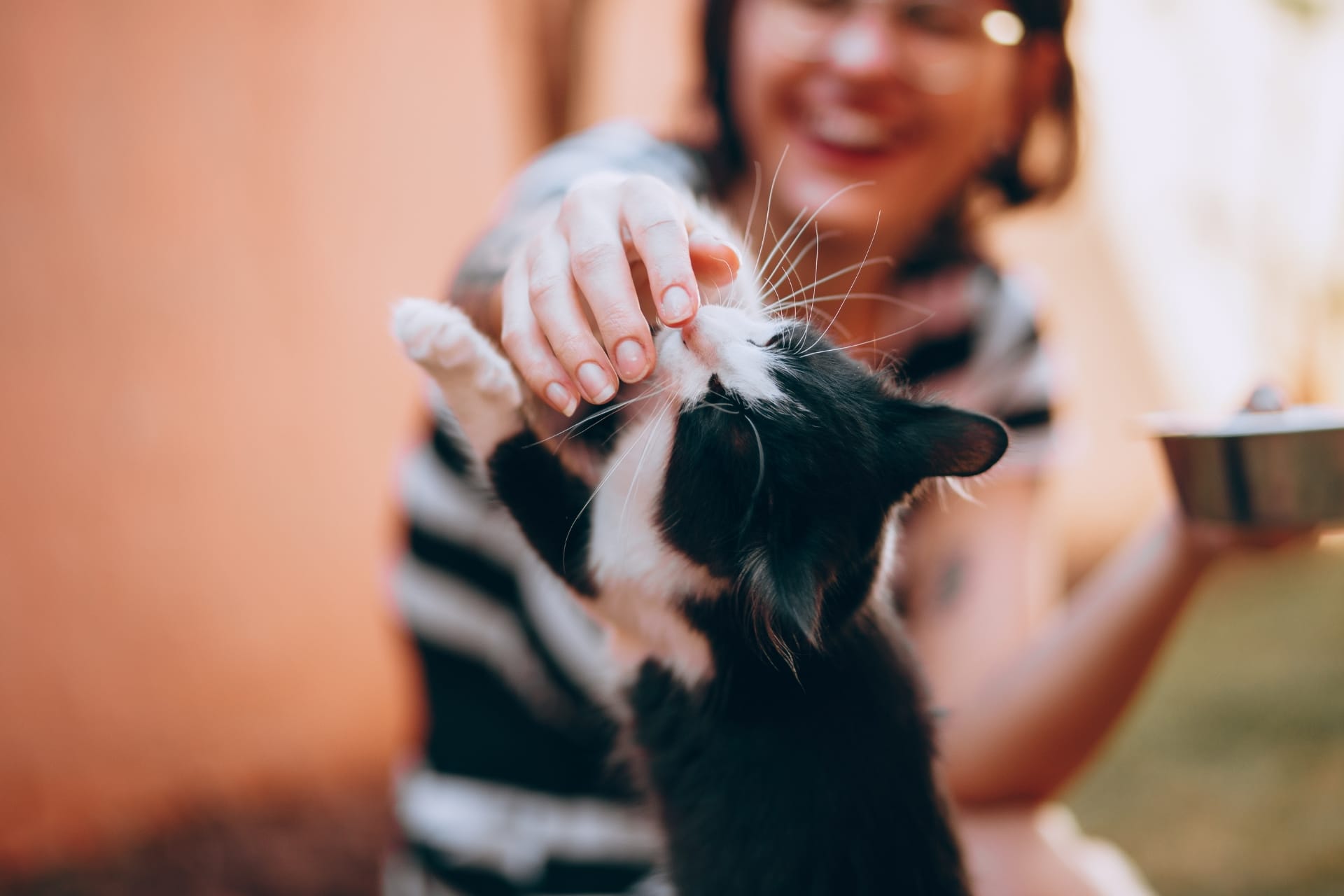TL;DR: Manage aggressive cats as a pet sitter by respecting their space, redirecting aggression with toys, and using treats to build trust. Maintain a calm environment, stick to routines, and communicate with owners about triggers. Seek professional help if needed.
As a pet sitter, encountering an aggressive cat can feel like stepping into a lion’s den—hissing, swatting, or lunging can make any cat sitter pause. Aggression often stems from fear, stress, or territorial instincts, especially with an unfamiliar person in their space. This guide arms you with strategies to de-escalate tension, keep both you and the cat safe, and foster a positive experience. With the right approach, you can turn a feisty feline into a manageable companion, making your cat sitting duties smoother than a well-timed catnip toss 🐾.
Recognizing Aggression in Cats
Aggressive cats display behaviors that signal discomfort or a need to protect their territory. As a cat sitter, spotting these signs early helps you respond appropriately:
- Hissing or Growling: A warning to back off, often paired with a defensive posture.
- Swatting or Scratching: Physical attempts to create distance, especially if cornered.
- Arched Back and Puffed Fur: A sign of feeling threatened, meant to intimidate.
- Ears Back, Tail Swishing: Rapid tail movement or flattened ears indicate agitation.
- Biting: A last resort when other warnings are ignored, often triggered by fear.
During your visits, note these behaviors and their triggers, like loud noises or sudden movements. Understanding these cues, as emphasized in our guide on how to handle shy cats, helps you avoid escalating aggression.
Respecting the Cat’s Space
An aggressive cat is often a scared cat, so giving them space is your first defense. Don’t approach directly or try to pick them up—let them come to you. Sit quietly at a distance, avoiding eye contact, which can feel threatening. If they retreat to a hiding spot, don’t pursue; instead, let them observe you from safety. This approach reduces their stress and prevents defensive reactions. Regular visits, as outlined in our here, allow you to gauge their comfort over time, helping you build trust without forcing interaction.
Creating a Calm Environment
A serene setting can diffuse a cat’s aggression. Ensure they have a safe space, like a cozy bed or quiet corner, where they can retreat if overwhelmed. Keep their routine consistent—feed them at the usual times, clean the litter box as scheduled, and avoid rearranging their space. If the owner uses a pheromone diffuser like Feliway, ensure it’s active to promote calm. Minimize loud noises or sudden changes, such as moving furniture, to keep the environment predictable. A stable setting aligns with the core responsibilities of cat sitting, fostering a sense of security.
Redirecting Aggression with Play and Positive Reinforcement
Channeling a cat’s energy into play can defuse aggression. Use toys like wand toys or laser pointers to engage them, redirecting their focus from swatting at you to chasing a toy. Offer treats when they show calm behavior, like sitting quietly or approaching without hissing, to create positive associations. Avoid physical punishment—it escalates fear and aggression. Instead, reward small steps toward calmness, such as relaxed ears or a slower tail swish. This technique builds on the trust-building strategies in our shy cat guide, adapting them for more assertive felines.
Communicating with the Owner
Open communication with the owner is crucial when handling an aggressive cat. During the meet-and-greet, ask about known triggers—does the cat dislike strangers, loud noises, or specific actions like petting their back? Document any aggressive incidents during your visits, noting what preceded them, and share these via a platform like Petme. If aggression seems extreme or unpredictable, suggest the owner consult a vet or behaviorist to rule out medical issues like pain or stress-related conditions. Your detailed updates help owners address underlying causes, ensuring better care during your cat sitting visits.
Handling Persistent Aggression Safely
If a cat’s aggression escalates, prioritize safety for both you and the cat. Never corner or grab an aggressive cat—it risks scratches or bites. Instead, use a towel or thick blanket to gently guide them to a safe space if needed, like when administering medication. If the cat is too aggressive to approach, focus on essential tasks (feeding, litter box) from a distance and inform the owner immediately. For severe cases, recommend a veterinary behaviorist for professional intervention. Your calm, cautious approach prevents harm and maintains a professional cat sitting standard.
Your inbox needs this
Subscribe to the Petme newsletter for weekly updates with pet care tips, tales, and member-only perks.

Tips for Long-Term Success as a Pet Sitter
As a cat sitter, your goal is to manage aggression safely while laying the groundwork for improvement. Track the cat’s behavior—note when they’re calm or aggressive—and share detailed reports with the owner. Suggest maintaining your strategies, like redirecting with toys or using pheromone diffusers, to reduce stress. If aggression persists, encourage a vet visit to check for medical causes. Your consistent, calm presence during visits helps the cat feel more secure, setting them up for better interactions in future cat sitting sessions.
Frequently Asked Questions About Handling Aggressive Cats
How do I deal with an aggressive pet cat as a sitter?
Handle an aggressive cat by respecting their space, avoiding direct interaction, and redirecting with toys. Use treats for calm behavior, maintain routines, and create a safe environment. Communicate triggers with the owner and suggest a behaviorist if needed.
How do I calm a cat when cat sitting?
Calm an aggressive cat with slow movements, a soothing tone, and pheromone diffusers. Offer safe spaces, stick to their schedule, and use toys to redirect energy. Avoid forcing interaction to keep the cat relaxed during visits.
How do I get an aggressive cat off my lap safely?
If an aggressive cat is on your lap, stay calm and avoid sudden moves. Distract with a toy or treat to redirect their focus, then gently slide them off. Never push or grab them to prevent scratches or bites.
What do I do if a cat becomes aggressive toward sitters?
Document the cat’s aggressive behavior and triggers, then share with the owner. Use toys to redirect, maintain a calm environment, and give space. Suggest a vet or behaviorist for persistent aggression to ensure safe pet sitting.
Why is a cat aggressive during cat sitting visits?
Aggression during visits often stems from fear, stress, or territorial instincts. New people or disrupted routines can trigger it. Respect their space, use positive reinforcement, and maintain consistency to reduce aggression and build trust.











